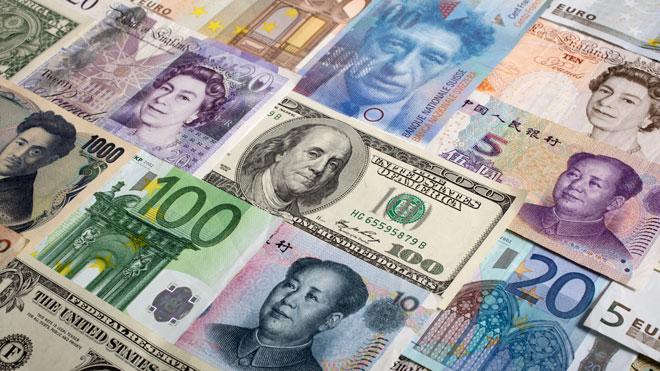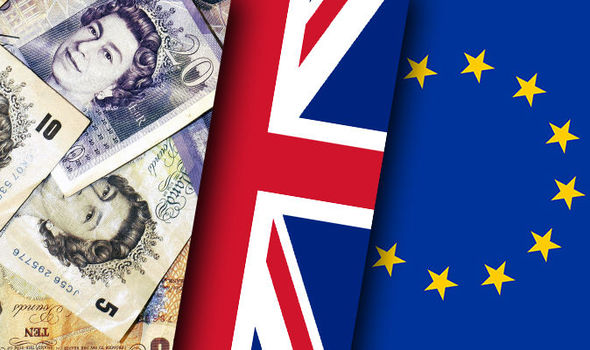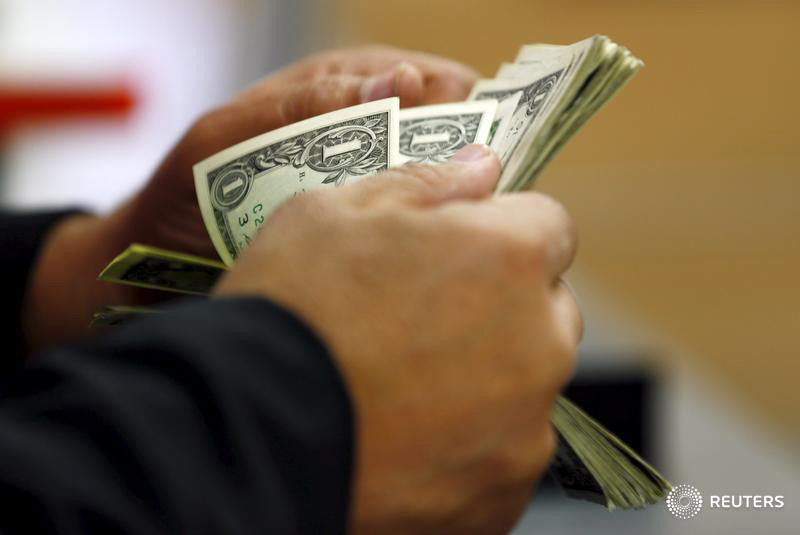Commodity currencies traded in red across the board early Tuesday as risk aversion and dropping commodity prices continued to weigh on high yielding currencies. The Aussie fell by more than 30 pips against the US Dollar to trade below 0.72 on RBA governor comments which kept the door open for further rate cuts. In his first appearance since May 3, Glenn Stevens reiterated his commitment to inflation targeting in the 2-3% band, suggesting that medium term inflation targeting is not rigid and does not demand a knee jerk reaction.
Markets are already pricing-in another rate cut by the central bank, most likely in August after the release of the June inflation report, but it will remain to be seen whether more action will be required if prices continue to be stubbornly low. The May 19 low of 0.7173 is a key level to watch for AUDUSD as a daily close below could renew selling pressures towards 0.7105 (March low) followed by psychological support of 0.70. The Canadian Dollar is not feeling much love either, dropping for the sixth straight day as traders await the Bank of Canada policy meeting on Wednesday. Although rates are expected to remain unchanged at 50 basis points, the central bank’s assessment of the impact of Alberta’s wildfires on the economy, in addition to weak consumer spending in March, may continue to weigh on the currency. Until then oil prices are likely to remain the main driver for USDCAD.
Weaker than expected data from Japan and hawkish comments from Fed Presidents James Bullard and John Williams Monday failed to drive USDJPY higher. In fact the Japanese Yen was the best performing major currency yesterday gaining 0.8% against the USD. The currency pair traded in a very narrow range in today’s Asian session, and since Japan intervening in the Yen doesn’t seem an easy option after G7 criticism, the classical play of risk aversion/appetite will continue to dominate the trade in the shorter run. However, the wider divergence in monetary policy between U.S. and Japan, especially if BoJ announces new easing measures by July along with fiscal easing, will put a limit on the Japanese Yen’s strength.
EURUSD was also stuck in the 30 pip trading range as traders await German ZEW economic sentiment survey. According to Monday’s Markit PMI, both manufacturing and services sectors gained some traction in May, with the composite index rising to its highest level since December. This could lead to higher institutional investor sentiment and reading above 12 will likely support a short term relief for the Euro. Meanwhile Greece, which introduced new pension and income tax reforms as well as measures to privatize state assets, is expected to receive the much needed 10 billion Euros in new loans when eurozone finance ministers meet later today.
Advertisement
For more information please visit: ForexTime
Add a comment






